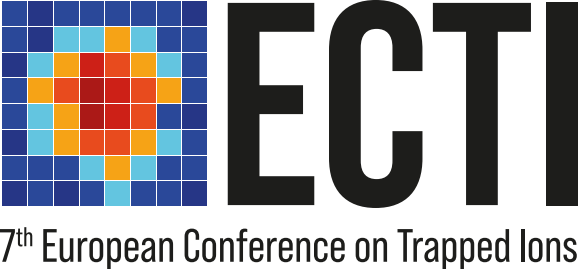Sprecher
Beschreibung
Highly charged ions (HCI) have long been proposed for the application in optical clocks due to their extreme atomic properties. This allows for tests of fundamental physics and promises a systematic uncertainty that can compete with the state-of-the-art [1]. However, their application as frequency references has long been impeded by the megakelvin temperatures at which HCI are typically produced and stored. In our work, this is overcome by extracting HCI from a plasma and transferring them to a cryogenic linear Paul trap. There, a single HCI is sympathetically cooled using singly-charged Be+ ions, enabling quantum logic spectroscopy with Hz-level resolution [2] which paved the way to optical clock operation. The evaluation of the experimental setup yielded a systematic uncertainty of
[1] M. G. Kozlov, et al., Rev. Mod. Phys. 90, 045005 (2018)
[2] P. Micke, et al., Nature 578, 60–65 (2020)
[3] S. A. King, L. J. Spieß, et al., Nature 611, 43-47 (2022)
[4] N.-H. Rehbehn, et al., Phys. Rev. A 103, L040801 (2021)
[5] J. C. Berengut, et al., Phys. Rev. Lett. 120, 091801 (2018)

